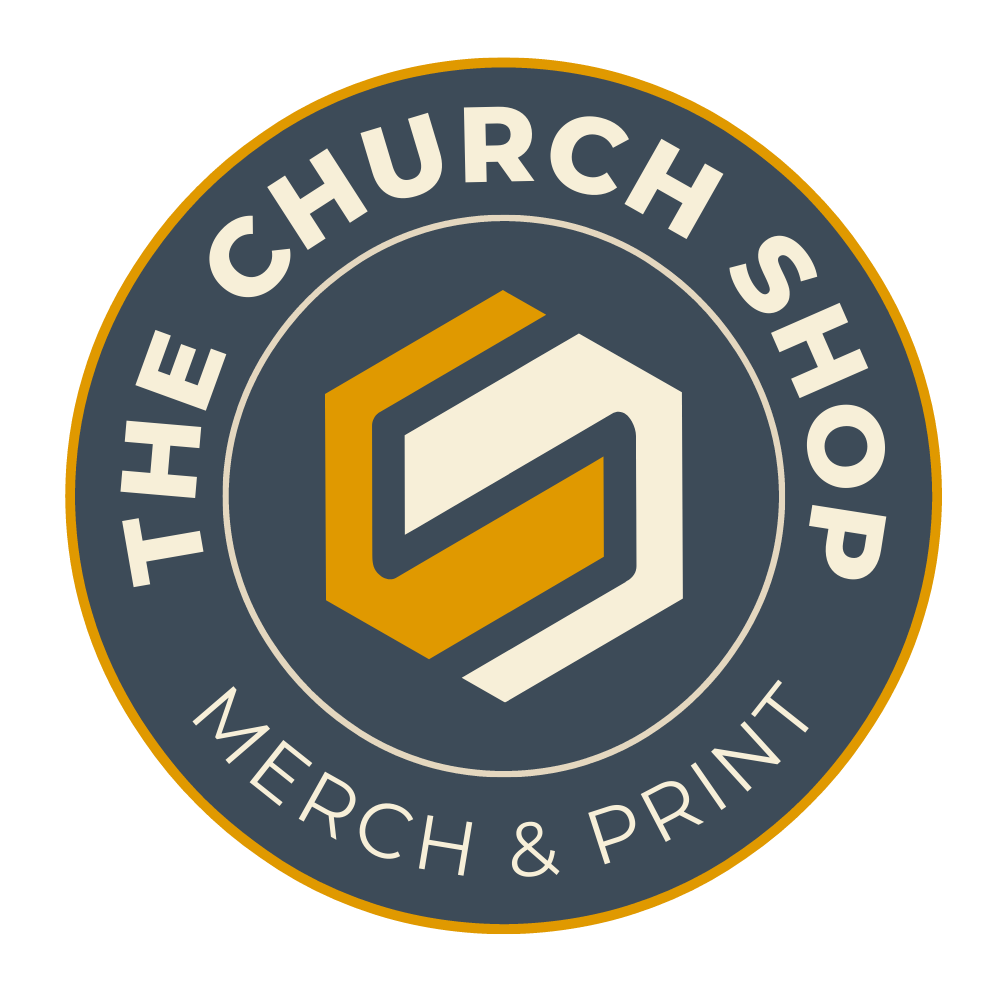Embroidery is a bit different from DTG printing--it has some specific requirements when it comes to designing.
Because embroidery machines have limited capabilities and threading techniques, it's important to follow these requirements to ensure that your finished product matches your mockup preview.
Color Choice Overview
We use high-quality Super Bride Polyester thread available in 15 standard colors. We have access to the entire line of Robison-Anton 450 Colors.
Snow White 5597 • Black 5596
• PN Navy 5824 • Blue 5520
• Radiant Red 5566 • Manila 5766
• Vanessa Purple 9057 • Dark Texas Orange 5769
• Kelly Green 5540 • Otter Gray 9115
• TH Gold 5906 • Warm Wine 5796
• Scholastic 5765 • Gray Flannel 9117
• Cerulean 5801
Hex Thread Conversion
Size requirements
Firstly, you'll want to make sure your design meets the size requirements. There are minimum and maximum thicknesses for shapes, as well as specific height requirements for uppercase and lowercase letters. It might seem strict, but following these guidelines will help you achieve the best result possible.
- Text Size
- Avoid using letter sizes smaller than
- 0.07” (2 mm)
- For thinner lines, a single line of stitching will be executed
- Letter height from:
- 0.25” (6.4 mm)
- Avoid more than 20 letters per line
- Script or serif fonts are not recommended for text smaller than .5"
- Capitalized letters in san serif produce the best results.
-
Minimum overall size of file is 1.5"
- Max Size
- Headware: 5"x2.5"
- Garments (Polos, jackets, etc):4.5"x4.5"
The Do's and Don'ts of Embroidery
When it comes to designing, there are a few do's and don'ts to keep in mind. Solid shapes and colors are best, and you'll want to stick to the 16 thread colors available. Use a high-quality file and simplify your design as much as possible. On the other hand, you'll want to avoid using gradients, blend effects or photographs, as well as small gaps, backgrounds, and transparent edges.
Do!
-
Use solid shapes and colors. Gradients do not work with embroidery. Distressed/textured logo will result in a loss of detail
-
We have a wide range of colors. But for best matching, We suggest you stay within the colors listed above.
-
Use a high-quality file. Try to aim for 300 DPI (if using a JPEG/PNG file). Use a file with a resolution of at least 1200 × 720 pixels (for hats) or 1200 × 1200 pixels (other products).
-
Simplify the design as much as you can; the best outcome will be achieved if the design is simple. Modify gradients to be solid colors. Remove small details (trademark symbols).
- Modify negative space to be solid
-
The embroidery design will be best matched in size as possible. Sometimes we will increase size to produce a better quality embroidery.
Don't!
-
Don’t use gradients, blend effects, or photographs
-
Avoid having small gaps in the design; minimize negative space
-
Avoid backgrounds; the background will be removed as part of the digitization process
-
Avoid having transparency around the edges of the design – it will be automatically cropped, and the design will be scaled.
Cost of Embroidery
Does The Church Shop charge for digitizing designs?
Nope! We don't charge extra for embroidery. The only time you will see a price increase on embroidery is due to the size of the design. If it is a large or stitch intensive design (think full color, no blank space) there may be a small increase in costs.
What's Next?
Following these important requirements will ensure that the finished product matches the mockup preview.
Embroidery Timeline:
• 3 Days to Digitize file (first time only)
• 7-10 Days to fulfill
Embroidery products are made differently than other products at The Church Shop, which is why we recommend placing a sample order before you launch the product in your store. This way, you’ll have full confidence in the product before offering it to church.
